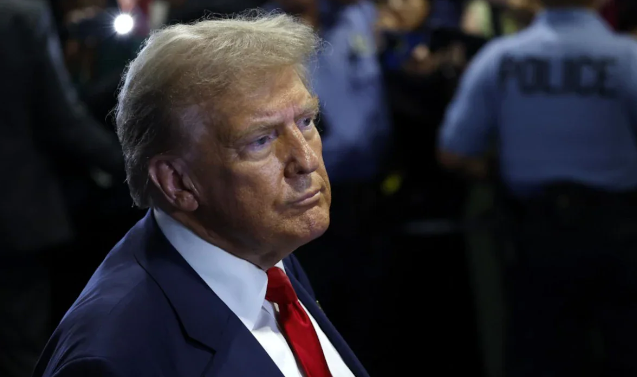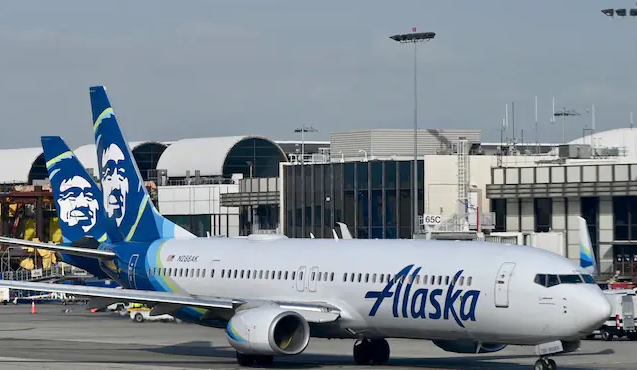North Korea’s suspected ‘monster missile’ explodes in mid-air

Failed launch is thought to be Pyongyang’s 10th weapons test this year
North Korea fired a suspected ballistic missile that exploded in mid-air shortly after launch, South Korea said on Wednesday.
The failed launch was likely a test of Pyongyang’s so-called “monster missile“, analysts have warned.
The suspected ballistic missile “seems to have exploded in mid-air shortly after launch,” Seoul’s Joint Chiefs of Staff told AFP. The launch was North Korea’s 10th suspected weapons test this year.
The US said the nuclear-armed country was preparing to fire an intercontinental ballistic missile [ICBM] “at full range” for the first time since 2017.
North Korea, despite international sanctions, conducted seven missile tests in January and twice launched components of what it claimed was a “reconnaissance satellite”.
South Korea and the US said last week those tests were actually of a new ICBM system that has never been launched before. The Hwasong-17, dubbed a “monster missile” by analysts, was first unveiled at a parade in October 2020.
The launch at about 9.30am local time was from the Sunan area in Pyongyang, the same site as the February 27 and March 5 “satellite” tests.
Nuclear-armed North Korea has long coveted an ICBM that can carry multiple warheads. The US said last week the recent tests marked a “serious escalation” of the country’s weapons programmes.
But the specialist NK News site reported that Wednesday’s launch ended in “catastrophic failure” with a red-tinged ball of smoke zig-zagging across the sky as debris fell near the capital.
“Signs indicate the North test-fired Hwasong-17 today,” Cheong Seong-chang, a senior researcher at the private Sejong Institute told AFP.
The failure of the Wednesday launch will be closely studied by Pyongyang, he said. It can take about three tests to ensure the missile is functioning.
“I expect the North to conduct one or two more test-launches before April 15,” he said.
North Korea has carried out three ICBM tests, the last in November 2017 of a Hwasong-15 – deemed powerful enough to reach Washington and the rest of the continental US.
But the country has been observing a self-imposed moratorium on testing long-range and nuclear weapons since leader Kim Jong-un embarked on a high-level diplomacy drive in 2018.
The US military this week said it had “enhanced” missile defence systems in South Korea.


